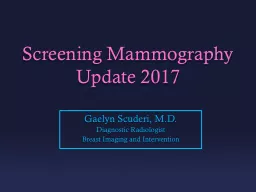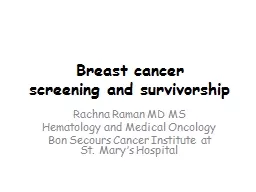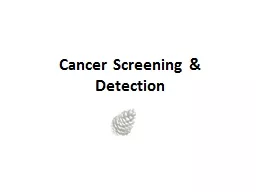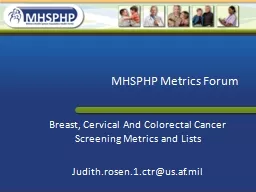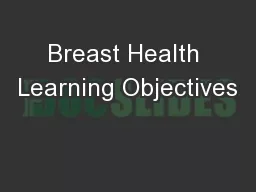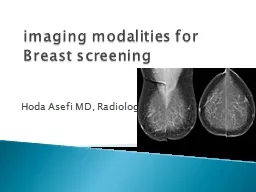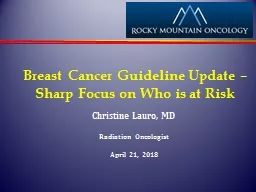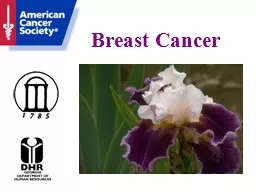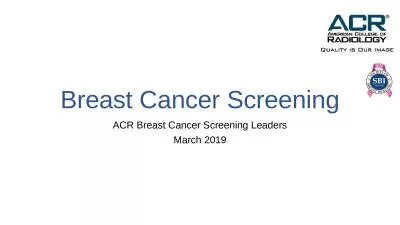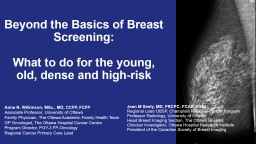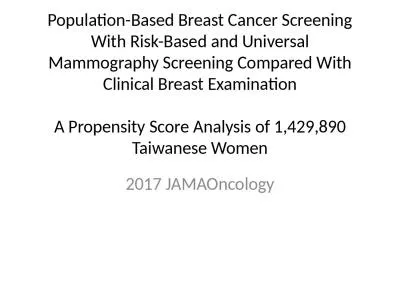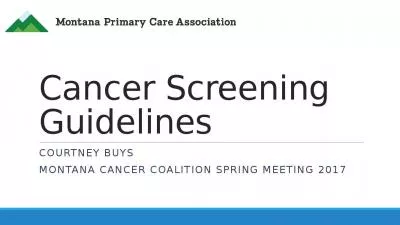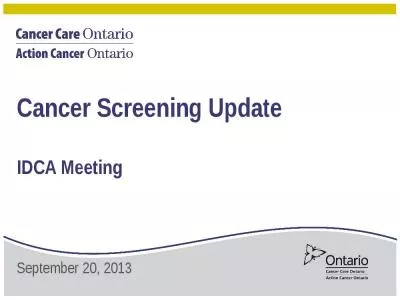PDF-Breast Cancer Screening Guidelines for Women
Author : fauna | Published Date : 2022-08-19
US Preventive Services Task Force American Cancer Society American College of Obstetricians and Gynecologists45 International Agency for Research on Cancer 7 American
Presentation Embed Code
Download Presentation
Download Presentation The PPT/PDF document "Breast Cancer Screening Guidelines for W..." is the property of its rightful owner. Permission is granted to download and print the materials on this website for personal, non-commercial use only, and to display it on your personal computer provided you do not modify the materials and that you retain all copyright notices contained in the materials. By downloading content from our website, you accept the terms of this agreement.
Breast Cancer Screening Guidelines for Women: Transcript
Download Rules Of Document
"Breast Cancer Screening Guidelines for Women"The content belongs to its owner. You may download and print it for personal use, without modification, and keep all copyright notices. By downloading, you agree to these terms.
Related Documents


